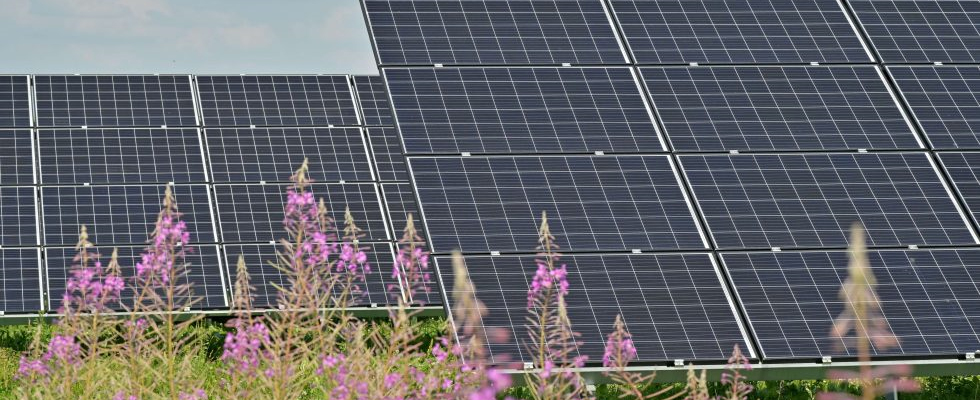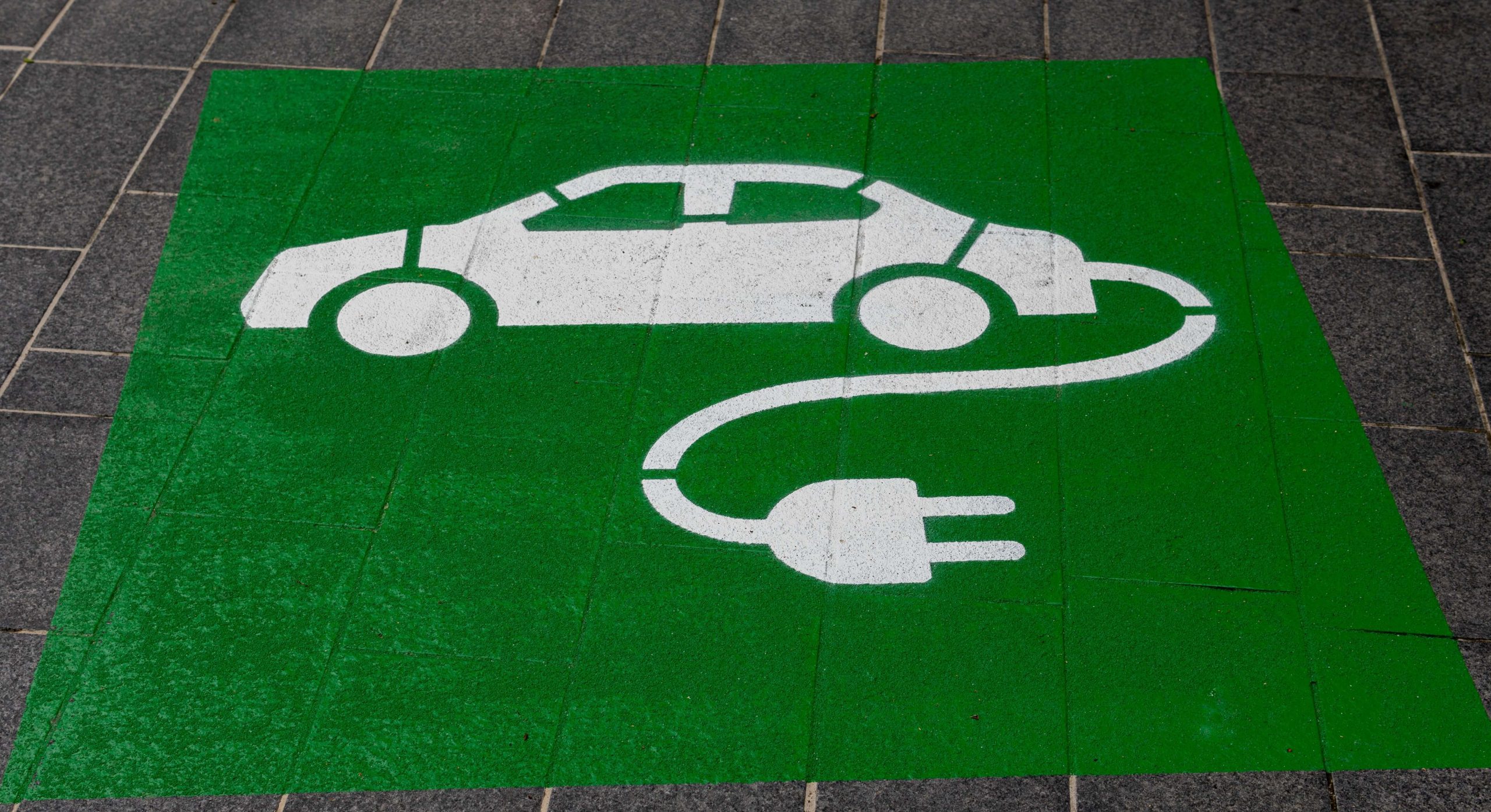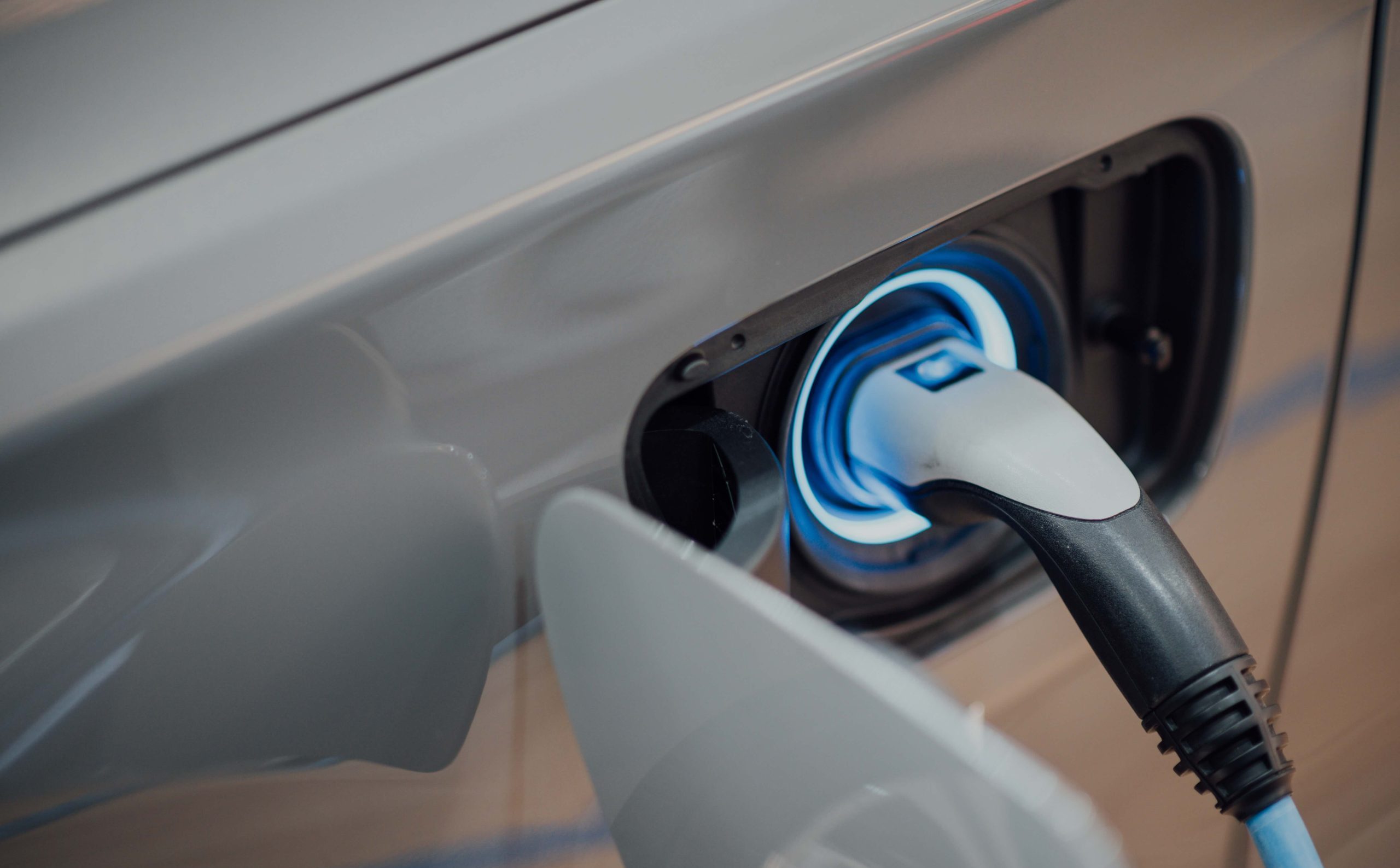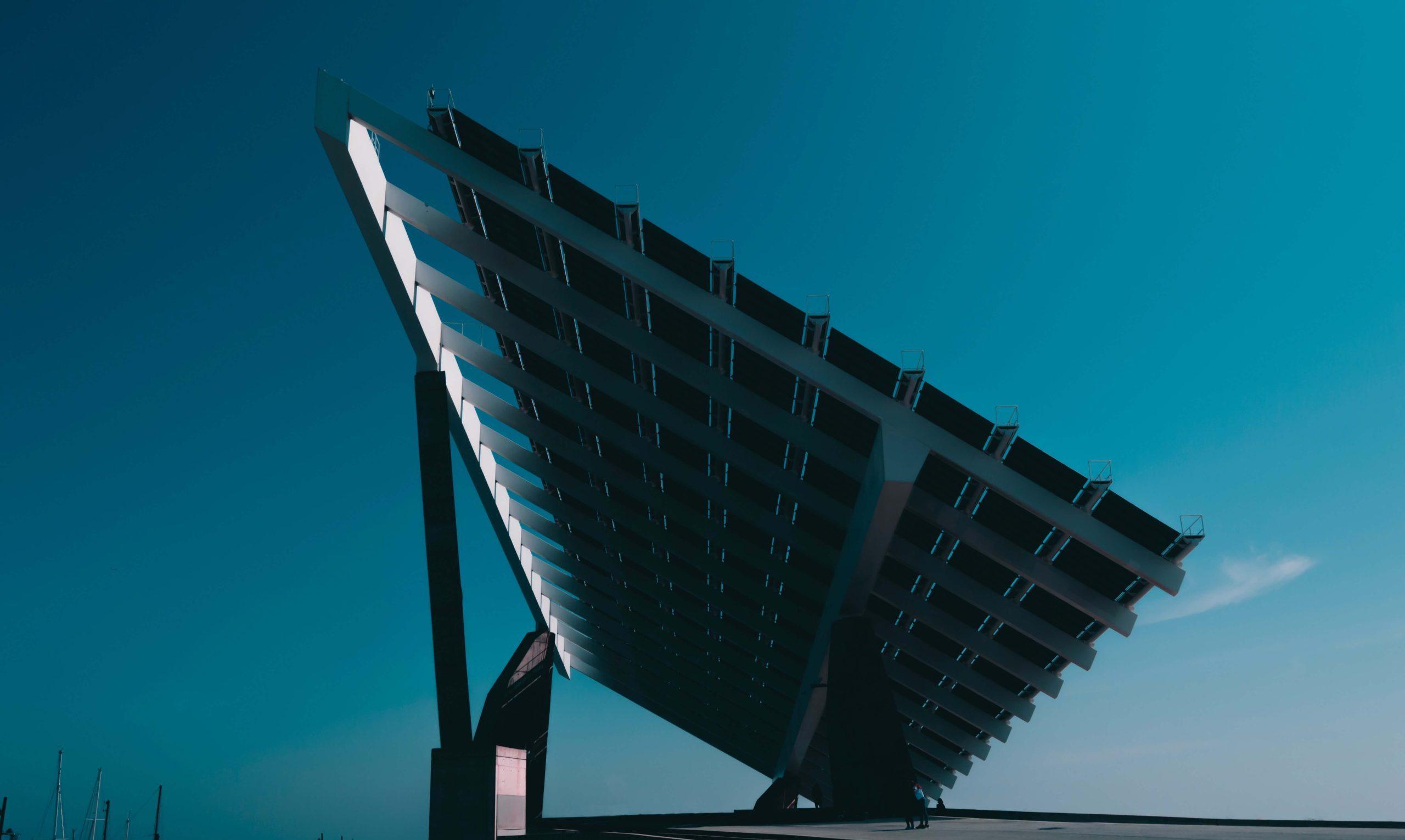Agrivoltaics is the practice of combining agriculture with solar energy production in the same land area. This innovative approach to farming involves the installation of solar panels above crops, providing shade and protection from extreme weather conditions. The panels can also help regulate the temperature and humidity of the soil, leading to increased crop yields.
The concept of agrivoltaics is not new, and it has been in practice in some parts of the world for several decades. However, it has gained popularity in recent years due to the increasing demand for renewable energy sources and the need to solve food security issues.
Traditional Agriculture Practices and Their Drawbacks
Traditional agriculture practices have been the backbone of human civilization for thousands of years. However, these practices have had a significant impact on the environment, leading to soil degradation, water pollution, and deforestation. Moreover, traditional agriculture practices are highly dependent on fossil fuels, leading to greenhouse gas emissions and climate change.
The use of pesticides and fertilizers in traditional agriculture practices is also a cause for concern. These chemicals can harm the environment, including the soil, water, and air. In addition, they can also pose health risks to farmers and consumers.
The Concept of Agrivoltaics and How It Works
Agrivoltaics is a sustainable and environmentally friendly approach to farming that involves the integration of solar panels into agricultural fields. The panels are installed on raised structures above the crops, allowing the plants to grow beneath them. The panels are spaced apart to allow sunlight to penetrate the crops, ensuring that they receive enough light to grow.
The solar panels generate electricity, which can be used to power irrigation systems, farm equipment, and nearby homes and businesses. The excess energy can be sold back to the grid, creating an additional stream of income for farmers.
Benefits of Investing in Agrivoltaics
There are numerous benefits of investing in agrivoltaics. One of the most significant advantages is that it is a sustainable and environmentally friendly approach to farming. Agrivoltaics can help reduce greenhouse gas emissions, combat climate change, and promote biodiversity.
In addition, agrivoltaics can increase crop yields and improve the quality of crops. The shade provided by the solar panels can help regulate the temperature and humidity of the soil, leading to better crop growth. Moreover, the use of solar panels can reduce the dependence on fossil fuels, leading to cost savings and a more stable income for farmers.
Environmental Impact of Agrivoltaics
Agrivoltaics has a positive impact on the environment. The combination of solar panels and crops can lead to a reduction in greenhouse gas emissions, as solar energy is a clean and renewable source of energy. Moreover, agrivoltaics can help improve soil health and reduce water usage, leading to a more sustainable and resilient food system.
Agrivoltaics can also promote biodiversity by creating habitats for animals and insects. The shade provided by the solar panels can create microclimates that can support a diverse range of plants and animals.
Economic Viability of Agrivoltaics
Agrivoltaics can be a profitable investment for farmers and investors. The installation of solar panels can create an additional stream of income for farmers, as excess energy can be sold back to the grid. Moreover, agrivoltaics can increase crop yields and improve the quality of crops, leading to higher profits.
In addition, agrivoltaic projects can create jobs in local communities, leading to economic development and growth. The use of solar panels can also lead to cost savings for farmers, as they can reduce their dependence on fossil fuels.

Agrivoltaic Projects Around the World
Agrivoltaics is a growing trend around the world, with numerous projects in different countries. In Japan, agrivoltaic systems have been in use since the 1980s, and they have been successful in increasing crop yields and reducing greenhouse gas emissions. In the United States, agrivoltaic systems have been installed in several states, including Arizona, California, and Massachusetts.
In Africa, agrivoltaic systems have been used to support food security and promote economic development. In India, agrivoltaic systems have been used to support small farmers and improve their livelihoods. In Europe, agrivoltaic systems have been used to promote sustainable agriculture and combat climate change.
Risks and Challenges of Investing in Agrivoltaics
Investing in agrivoltaics comes with risks and challenges. One of the main challenges is the initial investment required to install the solar panels. This can be a significant barrier for small farmers who may not have access to capital. Moreover, the maintenance of the solar panels can be costly, and it requires specialized skills and knowledge.
Another challenge is the availability of suitable land for agrivoltaic projects. The installation of solar panels requires flat and open land, which can be limited in some areas. Moreover, the installation of solar panels can have an impact on the surrounding ecosystem, leading to concerns about land use and biodiversity.
How to Invest in Agrivoltaics
Investing in agrivoltaics can be a viable option for investors who are looking for sustainable and profitable investments. One way to invest in agrivoltaics is to invest directly in agrivoltaic projects. This can be done through crowdfunding platforms or by collaborating with farmers and agricultural organizations.
Another way to invest in agrivoltaics is to invest in companies that specialize in the installation and maintenance of solar panels. These companies can provide a diversified portfolio of investments, including agrivoltaic projects, commercial and residential solar installations, and utility-scale solar projects.
Conclusion: Why Investing in Agrivoltaics is a Stable and Sensible Choice
Agrivoltaics is a stable and sensible choice for investors who are looking for profitable investments that have a positive impact on the environment. Agrivoltaics can help combat climate change, promote sustainable agriculture, and support economic development in local communities.
Investing in agrivoltaics can provide a diversified portfolio of investments that can generate stable and long-term returns. Moreover, investing in agrivoltaics can promote social and environmental impact, leading to a more sustainable and equitable future.
If you have questions about investment in agrivoltaics complete the quick form at FundingRegeneration.Earth and join our newsletter for cutting-edge insights and tips
Further Resources
In addition, follow these authoritative links to find out more about NRCS and soil health.
National Center for Alternative Technology (NCAT:
DOE Agrivoltaics – Market Research Study
https://science.osti.gov/-/media/sbir/pdf/Market-Research/SETO—Agrivoltaics-August-2022-Public.pdf
Rural Energy for America Program Renewable Energy Systems & Energy Efficiency Improvement Guaranteed Loans & Grants
Federal Soil Health Bill Tracker








